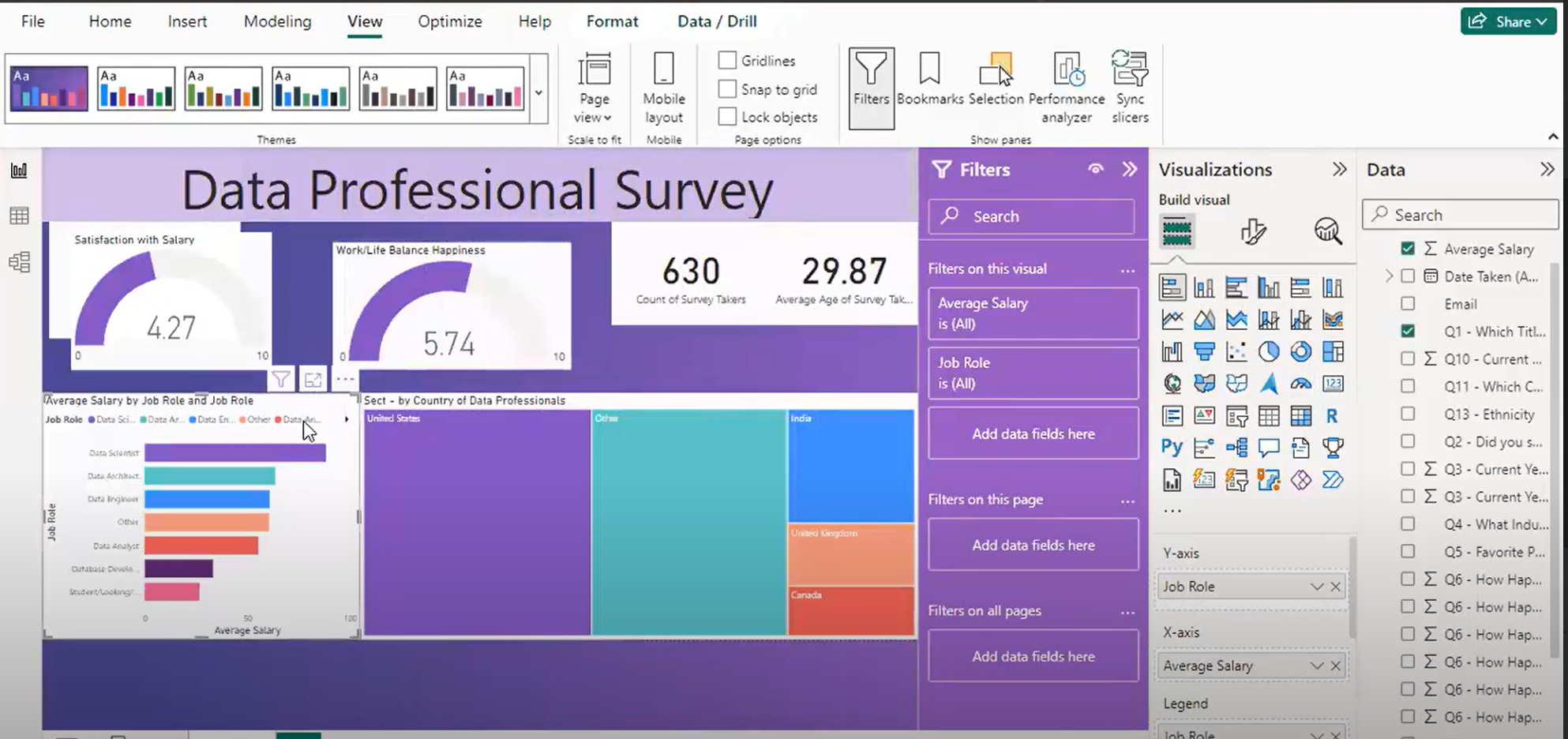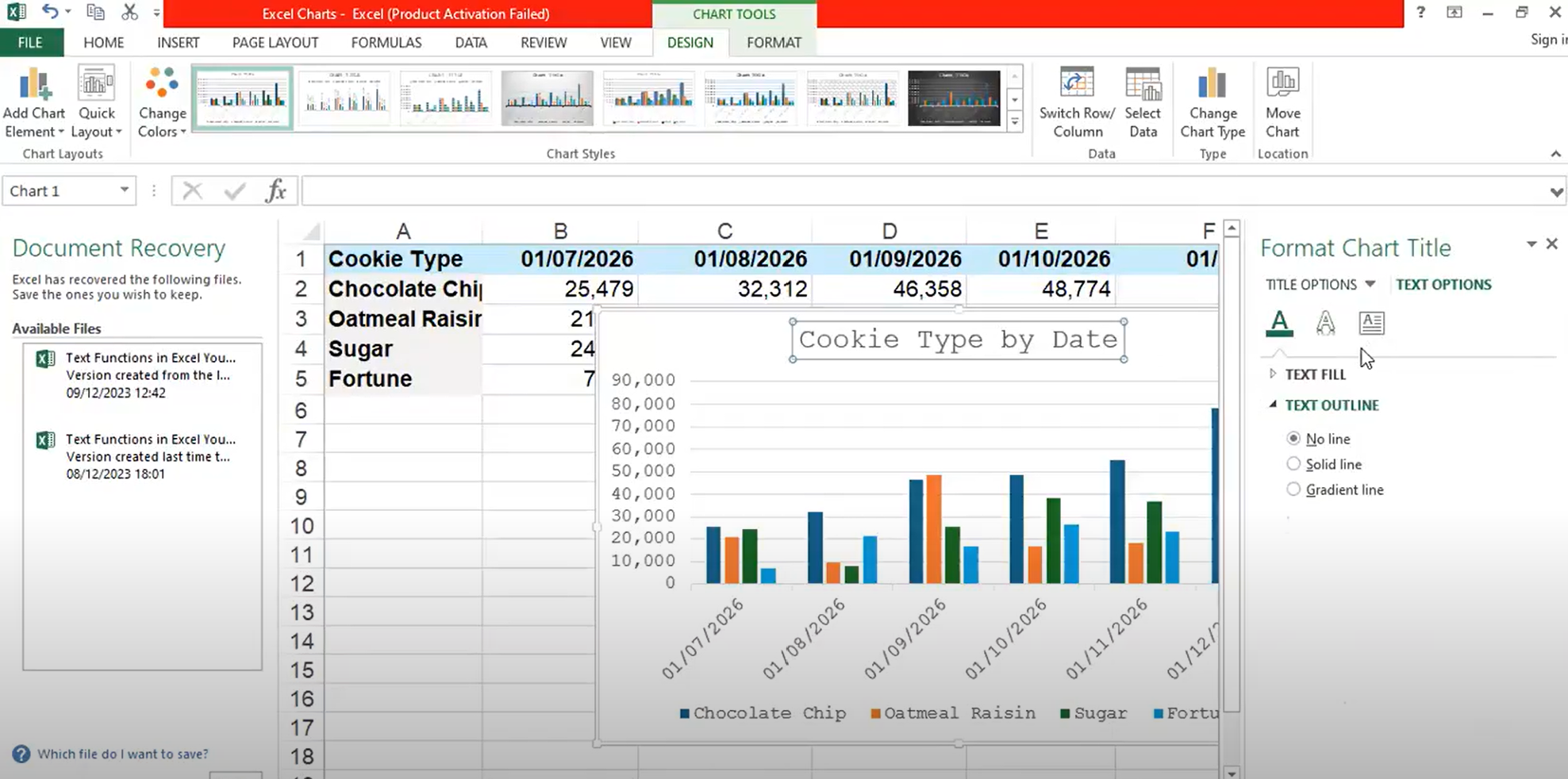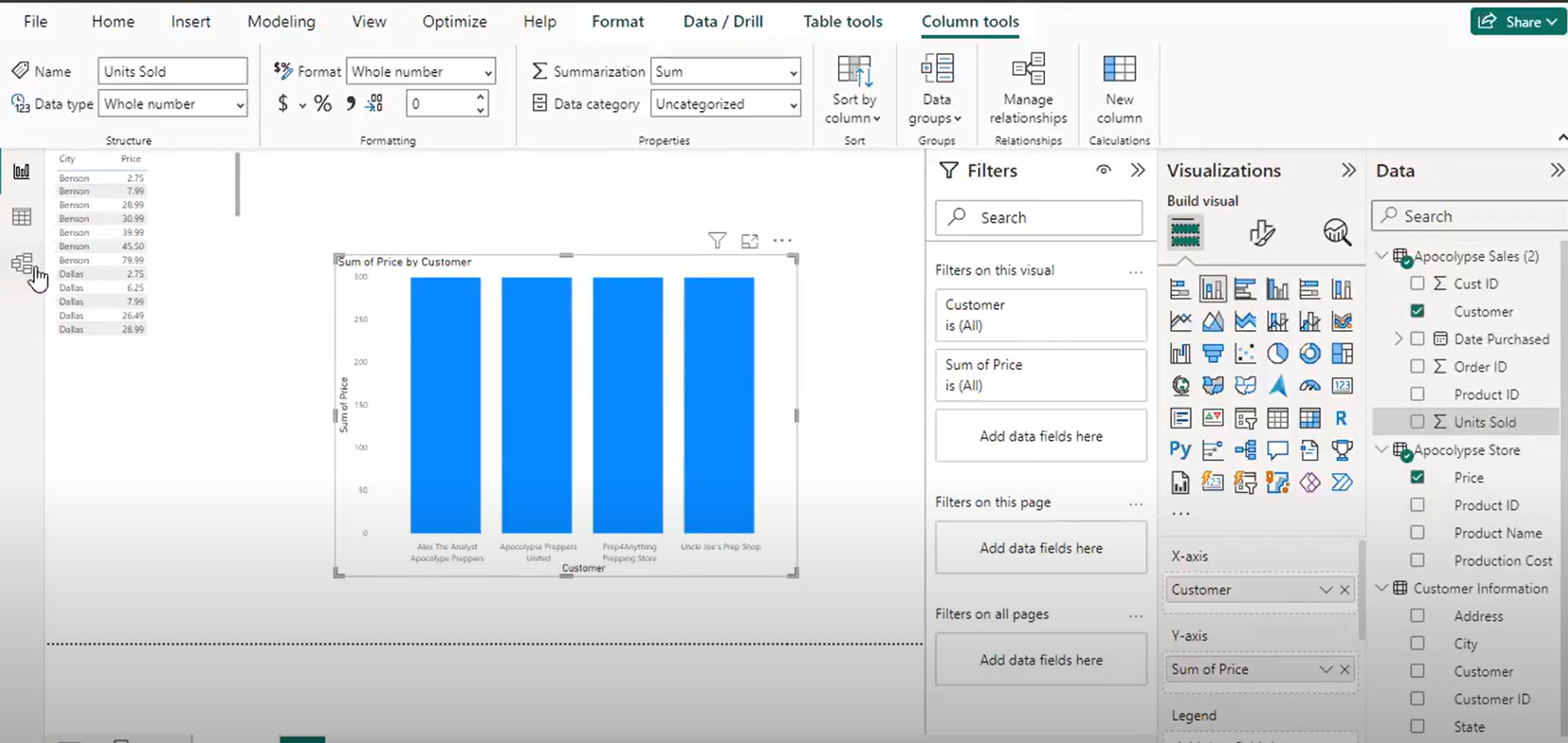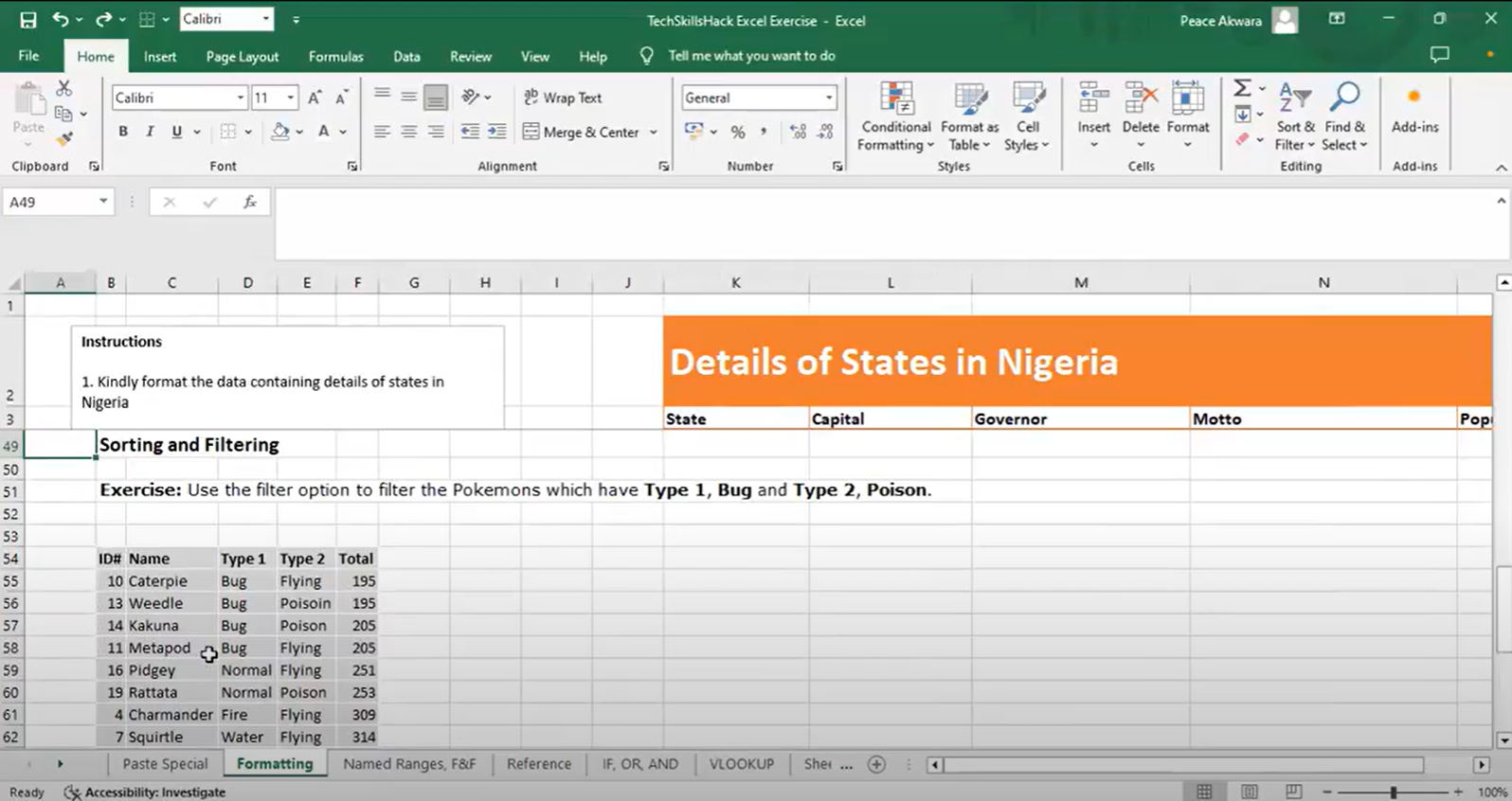
So, you want to get into tech? That’s awesome.
The tech world is full of opportunities, but with so many skills to choose from, it can feel overwhelming.
Should you learn coding?
What about data analysis?
Maybe cybersecurity?
If you’re not sure where to start, don’t worry, you’re not alone. This guide will help you figure out which tech skill aligns best with your career goals.
1. Define Your Career Goals
Before diving into learning a tech skill, take a moment to reflect on your career aspirations. Ask yourself:
- Do I want to work for a company or be a freelancer?
- Am I interested in building things, analyzing data, or securing systems?
- Do I enjoy working with people, or do I prefer independent tasks?
Knowing your goals will help you pick a skill that matches your interests and future ambitions.
2. Explore Different Tech Fields
Tech is a vast industry, and each field requires different skill sets. Here are some popular ones:
- Software Development: If you love problem-solving and building apps or websites, coding is for you. Start with Python or JavaScript.
- Data Science & Analytics: Love numbers and patterns? Data skills like SQL, Excel, and Power BI can open doors to data-driven careers.
- Cybersecurity: If you enjoy protecting systems and keeping information safe, cybersecurity is a hot field with high demand.
- UI/UX Design: If you have a creative side and enjoy designing user-friendly experiences, UI/UX design might be your best bet.
- Cloud Computing & DevOps: For those who love automation and managing online infrastructure, cloud skills like AWS or Azure are valuable.
3. Consider Your Background & Strengths
Your past experiences can help you determine what tech skill to learn. For example:
- If you have a knack for writing, technical writing or digital marketing might be a great entry point.
- If you enjoy logical thinking and math, programming or data science could be a good fit.
- If you have strong attention to detail, cybersecurity or quality assurance (QA) testing might be ideal.
4. Test the Waters with Free Resources
Before committing to a course or bootcamp, experiment with different skills using free resources:
- Coding: Codecademy, freeCodeCamp, CS50 by Harvard (YouTube)
- Data Science: Kaggle, DataCamp (Free courses), Google’s Data Analytics Certificate
- Cybersecurity: Cybrary, TryHackMe, Google Cybersecurity Certificate
- UI/UX Design: Figma (free), Coursera courses, YouTube tutorials
By trying different skills, you can see what excites you the most.
5. Talk to Professionals & Join Tech Communities
Networking is key Join tech communities like:
- Tech Skills Hack Community
- Local meetups or hackathons around you
Talking to professionals can give you insights into daily work life and which skills are in demand.
6. Choose a Skill & Stick with It
Once you find a tech skill that excites you, commit to learning it deeply. Avoid jumping from one skill to another too quickly, give yourself time to truly understand and master it.
7. Apply What You Learn
Build projects, contribute to open-source, or start a small freelance gig. Practical experience will set you apart from other beginners.
Conclusion
Choosing the right tech skill doesn’t have to be complicated. Start by defining your career goals, exploring different tech fields, and testing out skills before committing. The most important thing?
Keep learning and don’t be afraid to start. Tech is a journey, and every expert was once a beginner just like you.





